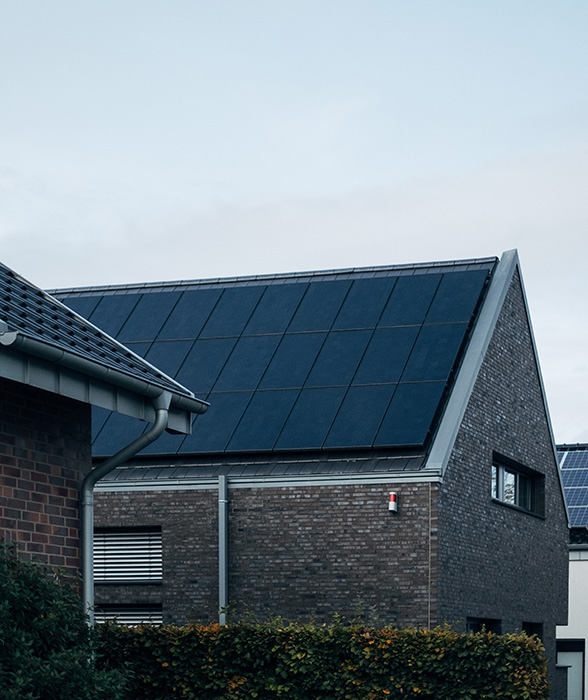#MoveTheDate
Retrofitting single-family homes has the potential to reduce heating and cooling energy loads by 50-70%, and would move Earth Overshoot Day by 7 days.
What is the solution?
Retrofitting single-family homes to help minimize heat transfer through the walls. This includes improved insulation, better windows, air seals, and heat recovery systems.
This solution improves our resource security in the energy category.
How does it #MoveTheDate?
Heating and cooling typically makes up over half of residential energy usage, and retrofits can reduce this energy load by 50-70%.
How is it scalable?
Buildings are very long lived, and the vast majority of buildings in existence today will still be in use in 2050.
What is the solution?
Retrofitting single-family homes to help minimize heat transfer through the walls. This includes improved insulation, better windows, air seals, and heat recovery systems.
This solution improves our resource security in the energy category.
How does it #MoveTheDate?
Heating and cooling typically makes up over half of residential energy usage, and retrofits can reduce this energy load by 50-70%.
How is it scalable?
Buildings are very long lived, and the vast majority of buildings in existence today will still be in use in 2050.
Home sweet home. This is where we want to feel cozy and safe.Our home’s ability to provide reliable protection from excessive heat and cold not only lowers heating and cooling costs, but also increases the long-term value of the house. The long-term value increase is due to the lifetime energy requirement of the home, as well as its resilience. Living through a spout of energy insecurity in a house that is so well built that it can operate with just minimal external energy is in itself a highly valuable feature.
Many of the houses we live in today will still be in use in 2050, particularly in high-income countries. In fact, as buildings become more energy efficient, the amount of energy needed to operate them over their lifetimes decreases. But it is not uncommon that the energy needed to build highly efficient buildings far exceeds the external energy required to operate them over their entire lifetimes, sometimes even by a factor two or three.
The easiest way to begin retrofitting a home is to improve its energy management system. This means heating, cooling, or lighting areas only while they are in use. Smart systems can choose when to run appliances or heating and cooling equipment, thereby offering load-levelling for the electric grid (with the added benefit of getting cheaper electricity when it is abundant).
Beyond “software-upgrades”, the hardware of houses can also be improved – from better wall and window insulation to more efficient appliances, or even the removal of unnecessary ones. Sealing air leaks to prevent the loss of cool or hot air is one of the simplest places to start.. On the sophisticated end of the spectrum, systems that recapture waste heat can be installed, such as systems which preheat shower water with waste shower water. Solar power can be added, or roofs that need replacing can be replaced by solar roofs. The possibilities are endless.
Retrofits are trendy, what’s your favorite?
There’s no benefit in waiting!
Acting now puts you at a strategic advantage in a world increasingly defined by ecological overshoot. Countless solutions exist that #MoveTheDate. They’re creative, economically viable, and ready to deploy at scale. With them, we can make ourselves more resilient and #MoveTheDate of Earth Overshoot Day. If we move the date 6 days each year, humanity can be out of overshoot before 2050.

